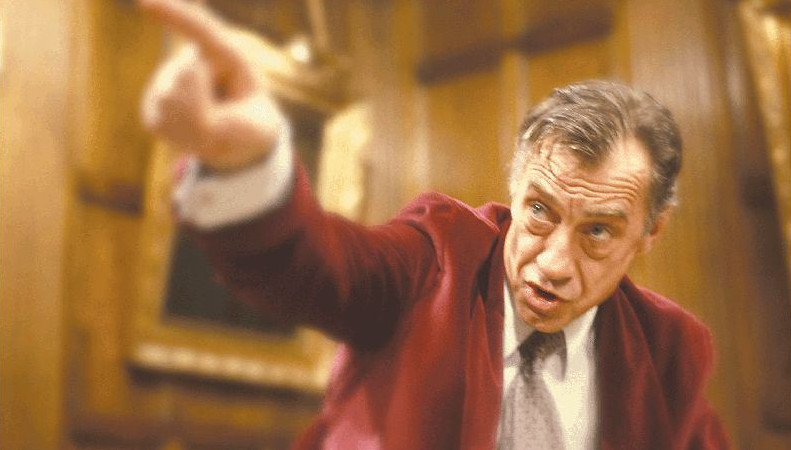
One of the greatest pleasures of becoming a fan of any director is going through their filmography for the first time. You get to see the classic films that everyone has been recommending and telling you that you should watch. The same classic films that have been studied and written about for years. You get to see the bad films that everyone has been telling you not to waste your time on.
Then you get to see the films that fall somewhere in-between. The films that no one really talks about. The films that are mostly forgotten. The films that, if they’re lucky enough, have a small devoted following who believe that they hold up against any of the director’s best.
Every great director has a few films that fall through the cracks. They’re illuminated by the success of other more accomplished and iconic works. Whether it’s bad timing, bad marketing, misunderstandings, high expectations that leads to disappointment, or a general polarising reception that follows that film from its release date.
Whatever the reason, the following films from these legendary directors deserve more acknowledgments. Maybe not as much acknowledgment as their more famous brothers and sisters, but they deserve acknowledgment all the same.
1. The Ballad of Cable Hogue (1970, Sam Peckinpah)
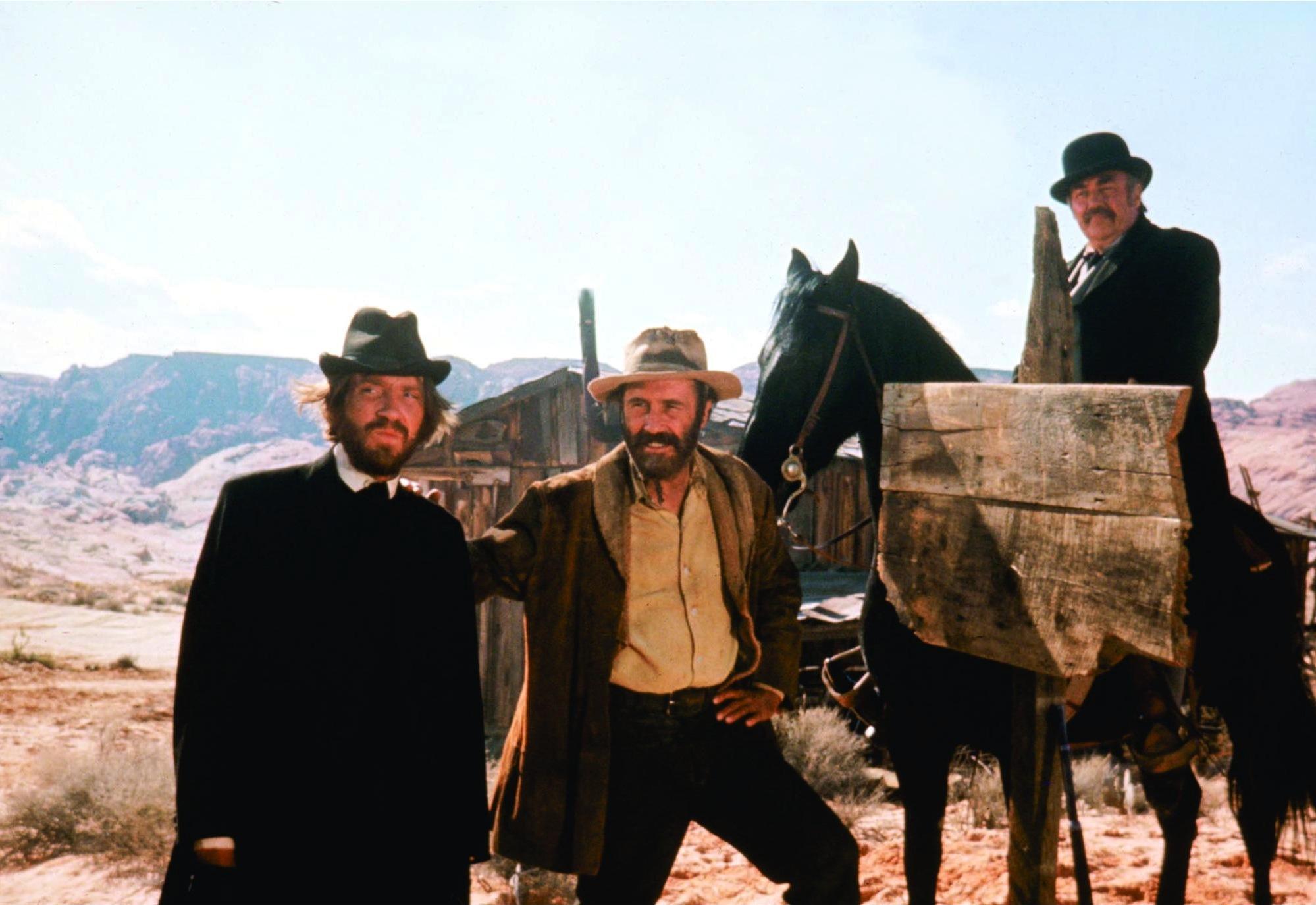
Set in the closing years of the frontier era, Jason Robards plays the titular character Cable Hogue. When their water supply runs low, he’s left for dead by his no-good partners in the Arizonian desert. Battling the elements and wandering for days, on his last breath, Hogue comes across a muddy ditch that he uses to build a business for travelers looking to quench their thirst.
The somewhat underrated and legendary Sam Peckinpah was known for many things. He wasn’t called “Bloody Sam” for nothing. His films were known for their extreme violence, stylized editing, hypnotizing use of slow motion, and of course, the physical and emotional abuse of many female characters. Who after getting slapped around would have their clothes ripped off causing their breasts to pop out. Attracting controversy was part of the job for Bloody Sam.
That’s why “The Ballad of Cable Hogue” is such a unique and special film, not only in his body of work but in the western genre as a whole. It features the same themes that Peckinpah would revisit throughout his career.
The dying west, the lone and old cowboy who’s days and ways of doing things were numbered, often coming to a violent, tragic, and pessimistic end. In this one, however, there’s a lack violence and gunplay that gives way to a more comedic, natural way of storytelling.
Robards gives a charming and soulful performance as Cable Hogue, and David Warner is hilarious as a wandering minister of a church of his own revelation. Stella Stevenson plays a rarity in Peckinpah’s films: a woman who’s not slapped around or abused, a typical prostitute with a heart of gold, but a smart, strong woman who has her own dreams and a path of her own choosing.
It wouldn’t be a Peckinpah film if it wasn’t plagued by behind-the-scenes drama. The production battled with multiple firings and bad weather, which resulted in the crew running a bar tab in the excess of $70,000.
Yet no one directed under the influence as well as Peckinpah did, and he eventually delivered the film 19 days over schedule and $3 million over budget. This caused Warner Bros. to sever ties with the director, banning him from ever setting foot or making another film for the studio again.
From its split-screen opening credits to the bittersweet ending, “The Ballad of Cable Hogue” is one of Peckinpah’s overlooked treasures that had the unfortunate burden of coming after his critically acclaimed classic “The Wild Bunch.” It’s also his most heartwarming film.
2. And the Ship Sails On (1983, Federico Fellini)
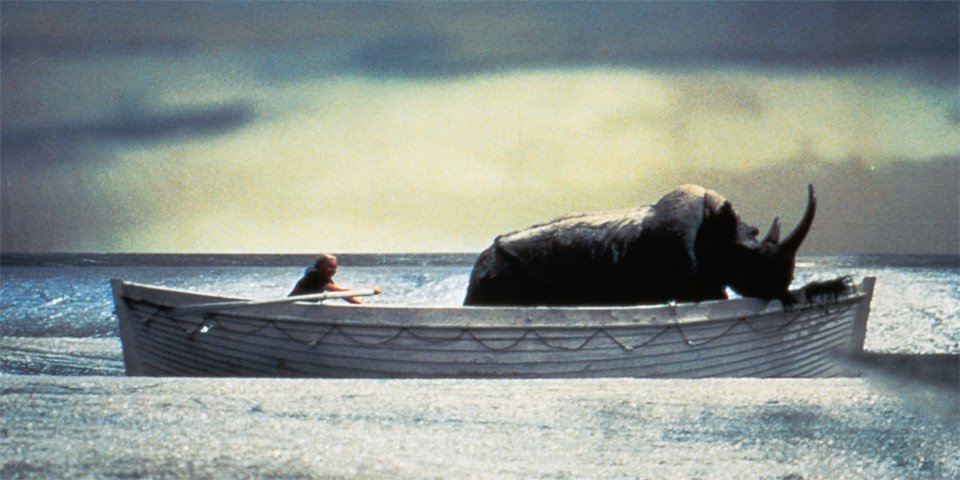
Set on a luxurious ocean liner in 1914, Fellini’s underappreciated masterpiece follows a bunch of eccentrics celebrating and mourning the life of an acclaimed opera singer. With a sick rhinoceros to boot, the plan is to sail to the late singer’s birthplace to scatter her ashes. And we all know what happens to plans and the people who make them in the movie world.
“And the Ship Sails On” contains all the hallmarks the director became known for: the fantastical visual flourishes, the social realism, the episodic structure, and a wide array of unforgettable characters. Breaking the fourth wall and making sure we have a guide through the odyssey of madness is an Italian journalist who fills in the blanks and backgrounds of the various characters, the ship, and the doomed voyage.
The picture has much in common with Fellini’s last regarded classic “Amarcord,” but takes his trademark quirkiness to new levels of absurdity. Reality and common sense go out the window (or overboard) as we’re treated to one crazy scenario after another. Taking place on a gigantic ship that ironically feels confined, characters come and go and come again, feeling like a crowded Halloween party in a cramped apartment.
There’s a lot that Fellini seems to be saying that greater minds could probably figure out with great detail. One thing that’s clear, however, is when these eccentric members of high society wake up to find a crowd of shipwrecked Siberians fleeing to Italy on their deck. It’s then no coincidence that the film takes place in July of 1914, at the beginning of World War I.
The film received a 15-minute standing ovation at the 40th Venice Film Festival and then quietly disappearing into obscurity. One wonders if the film was made earlier in Fellini’s career how it would’ve been received. It’s shocking yet not surprising that film has been largely forgotten in favor of the directors more “grounded” works.
3. Bringing Out the Dead (1999, Martin Scorsese)
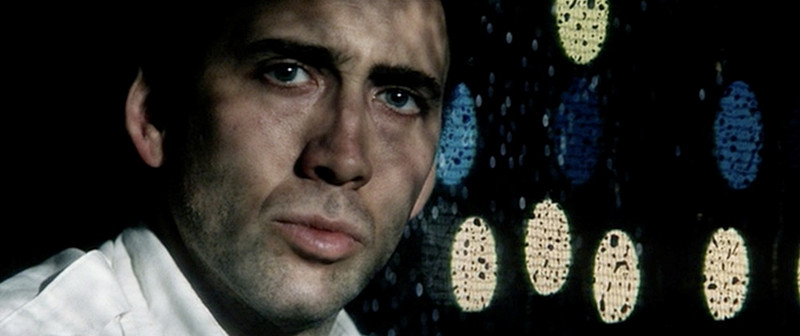
Based on the novel by Joe Connelly, a disillusioned New York City paramedic who works the graveyard shift tries to keep a grasp on his sanity. Between saving and losing lives, the job continues wearing him down until he finds hope in a friendship with a victim’s daughter.
Everyone knows the classic pictures that Martin Scorsese has contributed to cinema in the five decades thats he’s been blessing us with his talents. Even some of his lesser-known works are worthy of praise or analysis. So why does “Bringing Out the Dead” have a place on this list over underrated gems like “The King of Comedy” and “After Hours”? Nothing really, other than those films have slowly but surely gotten the attention they deserve over the years and people are talking about them more and more.
“Bringing Out the Dead,” on the other hand, still remains forgotten. It has everything counting against it. It stars Nicolas Cage, whose career today is a far cry from what it used to be. It was a box office bomb released somewhere between Scorsese’s last film with Robert De Niro and his rebirth with Leonardo DiCaprio. It’s also a reteaming with Paul Schrader who wrote “Taxi Driver,” and the similarities between that film was never going to do it any favors.
Set over three days and in true Scorsese fashion, the film has no plot to speak of. It just cruises from night to night, following Cage’s Frank as he works the job with different co-workers, searching for some meaning or hope in his existence. He’s haunted much like Travis Bickle, but in a New York of a different era and tone.
Cage brings a subtle yet soulful performance with an excellent and recognizable 90’s cast including Patricia Arquette, John Goodman, Ving Rhames and Tom Sizemore. The year 1999 was an amazing year for film with many modern classics released throughout the year. And with any great cinematic year, there’s always a number of great films that don’t quite stick and this is definitely one of them.
It’s a bleak yet spiritual film. It’s haunting yet mesmerizing. It’s dark yet beautiful. It brings the feels in ways other Scorsese films simply don’t with another amazing soundtrack that only he can compile.
4. Secret Honor (1984, Robert Altman)
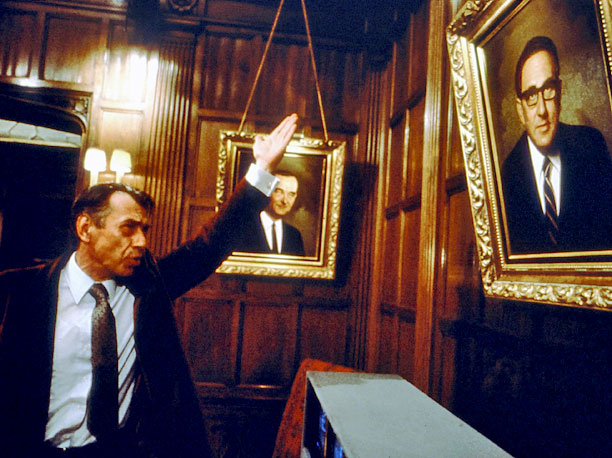
Starring Philip Baker Hall, “Secret Honor” is a one-man, one-act, one-room, one-rambling-monologue fictional account that tries to dig deep into the mind of former American president Richard Nixon.
Even if you’re not American and weren’t around during Nixon’s presidency, chances are you know who he is in one way or another. His one of the more famous or notorious American presidents that pop culture just loves making fun of.
Pacing in his study with a bottle of whiskey, a loaded revolver, and a tape recorder to document his last will and testament, Hall channels Nixon in one glorious 90-minute monologue. Reflecting on his life and presidency with sadness, rage, suspicion, paranoia, and disappointment, “Secret Honor” is more entertaining than it has any right to be.
With no other characters to interact with (except the ones in his head) the film rests entirely with Hall. And boy oh boy does he go all in. Known today for appearing in Paul Thomas Anderson’s first three films, Hall gives a truly remarkable tour de force of a performance. He’s vindictive, uneasy, unapologetic, and at times a little scary, offering insight to a mystical figure. A truly thespian performance that never falters, not even for a single second. His performance never becomes a parody and stands as one of the greatest portrayals ever.
Of course, none of this would work so well if it wasn’t for the maestro behind the camera. Filmed during his disintegration from Hollywood and far away from it, Robert Altman essentially takes a performance for the stage and transforms it into a thrilling film. Shot on 16mm with a script from Donald Freed and Arnold M. Stone who adapted it from their stage play, it’s one of Altman’s more unique films in a career filled with a wide array of unique films.
5. Prince of the City (1981, Sidney Lumet)
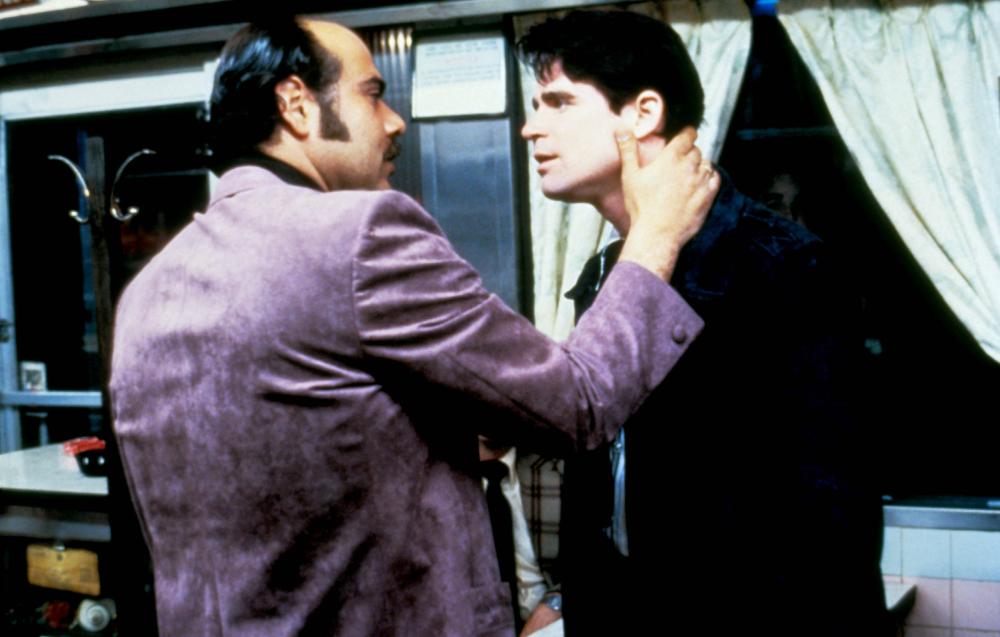
Based on the 1978 nonfiction book of the same name, “Prince of the City” follows a flawed NYPD officer tasked with exposing police corruption. His only condition is that he won’t rat out his partners. As he goes deeper into the rabbit hole, he realizes it won’t be that easy and he’ll have to decide whether to save his own skin or that of his partners.
Sidney Lumet owned the 70s with a string of intricate masterpieces like “Serpico,” “Dog Day Afternoon” and “Network.” It boggles the mind as for why “Prince of the City” was and continues to be overlooked. It’s a masterfully done picture that deserves to be mentioned alongside his other classics.
Nobody does heightened realism as well as Lumet. The attention to detail and grittiness of the picture compliments its world perfectly. With more than 100 different characters appearing in the film, the casting is pitch perfect. Every single character, no matter how big or small, is well developed and memorable in some shape or form. Treat Williams’ performance was unfairly compared to Al Pacino’s performance in Lumet’s other corruption film “Serpico.” He’s truly wonderful here and is the only constant in the film and carries it from beginning to end.
Its 167-minute run time might be too long and too slow for some, but patient viewers will be rewarded with an unforgettable journey that keeps twisting and giving. It offers great insight into both police duty and police corruption and how the two can sometimes blur. It asks the age-old question of how can ethical men bring justice in an unethical world.
The characters are filled with contradictions and double standards that make for a fascinating watch. It unwinds in a maze of unanswered questions and leads that lead nowhere. It’s a complex film that never gets tiring aside from its long runtime and convoluted storylines.